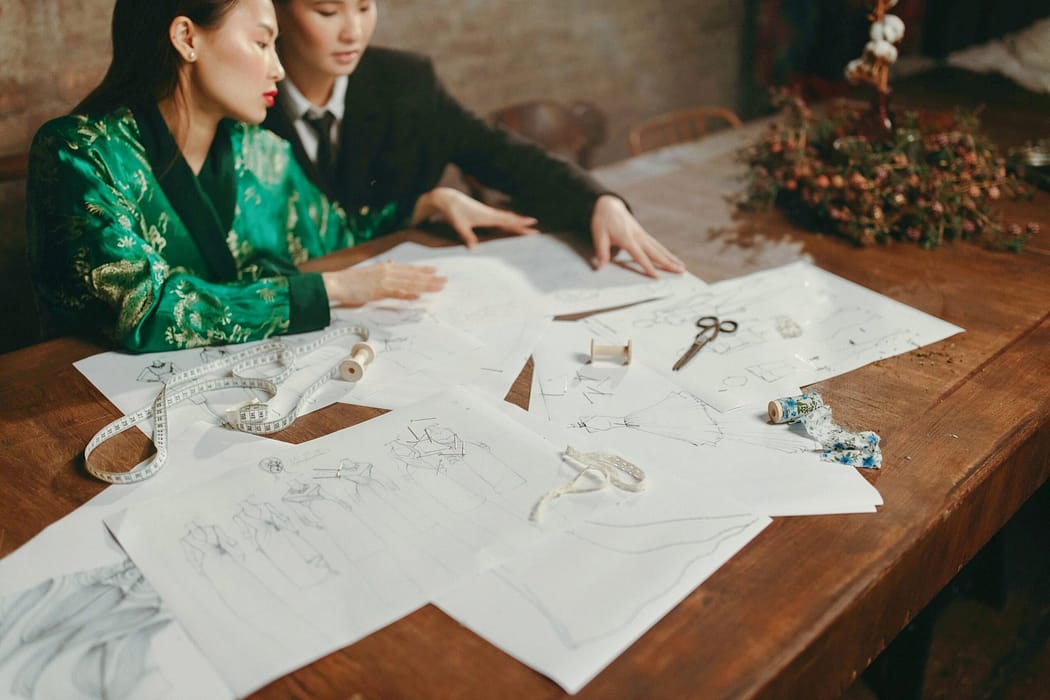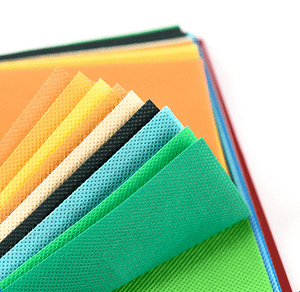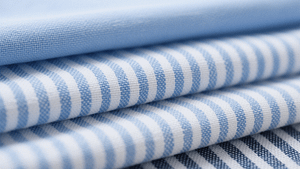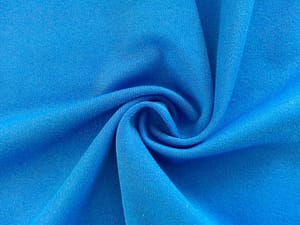Introduction
Garment sampling is a critical phase in the apparel production process, where preliminary versions of a garment are created to test design concepts, fit, construction methods, and overall feasibility before moving into mass production. Each type of sample serves a specific role in refining the product and ensuring it aligns with both the brand’s vision and technical requirements.
These samples are essential for validating the accuracy of a design, checking how it fits on the intended body type, and ensuring that it functions as planned. They also help assess whether a garment can be produced efficiently and cost-effectively. By evaluating these elements early on, brands and manufacturers can avoid expensive errors later in production.
Ultimately, the sampling process is a communication tool—it bridges the gap between creative ideas and manufacturing execution. It enables teams across the supply chain to make informed decisions, catch issues early, and produce garments that meet expectations in quality, consistency, and style.
Proto Sample
The proto sample—short for prototype sample—is the first tangible version of a garment created based on initial design sketches or tech packs. It marks the transition from concept to physical form and is primarily used to visualize and assess the overall design intent, shape, and construction feasibility.
Typically made from substitute or inexpensive materials (not the final production fabric), proto samples are not meant to reflect the final look or feel of the garment. Instead, they allow designers and product developers to evaluate key elements such as silhouette, seam placement, proportions, and potential construction challenges. Feedback from the proto sample stage often leads to adjustments before more accurate or costly samples are developed. It’s a critical step for identifying design flaws early and aligning all stakeholders before moving forward.

Fit Sample
A fit sample focuses on evaluating how a garment conforms to the human body and how well it performs in terms of shape, movement, and construction. Unlike the proto sample, the fit sample is made using the actual pattern and specifications, and it’s often produced in the base size intended for production (e.g., size M or size S).
This sample plays a vital role in identifying and correcting issues related to body measurement alignment, garment balance, seam placement, and ease of movement. It’s typically tested on live fit models or mannequins to ensure the garment sits correctly, moves comfortably, and represents the brand’s fit standards.
Feedback from this stage may lead to pattern alterations or material adjustments. Getting the fit sample right is essential before moving on to size scaling and further development, as it sets the foundation for consistency across all sizes.

Size Set Sample
The size set sample is produced to evaluate how a garment performs across the full range of intended sizes. This step comes after the fit sample has been approved, and it involves making one sample for each size in the size run—for example, XS through XL.
The primary goal is to confirm that the grading (the proportional scaling of a garment pattern across sizes) has been done accurately and that the fit remains consistent and flattering at every size. It helps identify any issues that may arise when the design is scaled up or down, such as tightness in armholes, misaligned seams, or disproportionate lengths.
Size set samples are particularly important for brands offering inclusive sizing or garments with complex fits. Once approved, they serve as a reference for mass production across all sizes.

Salesman Sample (SMS)
Salesman samples—commonly referred to as SMS—are created to showcase the upcoming collection to buyers, agents, or distributors before mass production begins. These samples are typically made in the final production fabric and include the correct trims, stitching, and finishes, making them nearly identical to the finished product.
The main purpose of SMS is for presentation and marketing rather than fit or technical refinement. Sales teams use them during trade shows, showrooms, and buyer meetings to secure pre-orders and generate interest from retailers. These samples help potential clients visualize the collection in its final form and make purchasing decisions.
Because they’re produced before full-scale manufacturing, SMS often require quick turnaround and may be limited in quantity. They are crucial for brands that rely on wholesale or seasonal selling cycles.

Development Sample
A development sample is a transitional version created during the refinement phase of a garment’s evolution. It combines elements from earlier samples—such as design from the proto and fit details from the fit sample—to test updated construction techniques, pattern modifications, and material choices.
This sample plays a key role in internal decision-making, helping brands assess garment performance in areas like stitching quality, seam strength, silhouette accuracy, and ease of assembly. It may also be used to review cost implications by analyzing labor intensity and fabric yield.
Development samples are not always customer-facing but are vital for ensuring the garment is ready for the next step, particularly pre-production. They act as a bridge between conceptual design and factory-ready specifications.

Photo Sample
A photo sample is created specifically for use in visual marketing materials such as lookbooks, e-commerce platforms, advertising campaigns, and social media content. These samples must closely resemble the final product in appearance, including correct fabric, color, fit, and finishing, even if they’re not always made to the highest production standard.
Because these samples are photographed and sometimes worn by models, they need to appear polished and camera-ready. However, they may not always be fully functional or durable, especially if they are rushed for a photoshoot timeline.
Photo samples are essential for generating pre-launch excitement and showcasing the collection to customers before the garments hit the market. Brands often rely on these samples to create the first visual impression of a new season or product drop.

Pre-Production Sample (PP Sample)
The pre-production sample, often called the PP sample, is the final sample created before bulk manufacturing begins. It represents the exact garment that will be produced on a large scale, made using the approved fabric, trims, stitching techniques, labeling, and packaging.
The PP sample serves as the ultimate reference point for quality control during production. It ensures that every detail meets the brand’s standards and that the manufacturer fully understands the required specifications. Any deviations found in the PP sample must be addressed before giving the green light for mass production.
Approving the PP sample minimizes risks related to product inconsistencies and defects, making it a crucial step in delivering a finished product that matches expectations.

Shipment Sample
A shipment sample is a garment taken randomly from a finished production batch and sent to the brand or buyer for a final quality check before or during delivery. It serves as proof that the bulk production meets the standards set by the approved pre-production sample.
This sample is important for confirming that the quality, construction, fabric, color, and finishing remain consistent throughout the production run. If the shipment sample reveals any issues, brands can address them with the manufacturer before accepting the full shipment.
Shipment samples help maintain trust between brands and manufacturers and reduce the risk of large-scale product recalls or returns.

Sealed Sample
A sealed sample is an officially approved garment that is signed off by both the brand and manufacturer and stored securely as a quality benchmark. This sample acts as the definitive reference point for production standards, ensuring all future production units meet the agreed-upon specifications.
Sealed samples are often kept under lock and key by both parties to resolve disputes or quality control issues that may arise during or after production. They help maintain consistency and serve as a guide during inspections and audits.
Having a sealed sample in place strengthens quality assurance processes and supports accountability throughout the manufacturing cycle.

Wear Test Sample
Wear test samples are created to evaluate how a garment performs under real-life conditions. These samples are used for durability, comfort, and functionality testing, especially for activewear, outerwear, or technical apparel.
During the wear test phase, the garment is worn repeatedly over a period of time to assess fabric behavior, seam strength, colorfastness, shrinkage, and overall performance. Feedback collected from these tests helps brands identify potential issues and make necessary improvements before finalizing the design.
This step is critical for products where performance and longevity are key selling points, ensuring that customers receive durable and comfortable garments.

Fabric Approval Sample
Before garment production begins, fabric approval samples are reviewed to ensure the material meets the brand’s quality standards. These small swatches or yardage pieces allow designers and product developers to check the fabric’s color, texture, weight, and hand feel.
Approving the fabric sample is crucial because it directly affects the garment’s look, comfort, and performance. Any discrepancies in color or quality at this stage can lead to major issues later in production. Once approved, the fabric is greenlit for bulk sourcing.
Fabric approval samples form the foundation for creating high-quality garments that meet the desired aesthetic and functional requirements.

Lab-Dip or Color Approval Sample
The lab-dip, or color approval sample, is a small fabric swatch dyed to match the exact color standards set by the brand. This sample is critical for ensuring color consistency across all garments in a production run.
Brands and manufacturers use lab-dips to compare and approve colors before committing to bulk dyeing. This process helps avoid variations that could occur due to differences in dye lots, fabric types, or production batches.
Accurate color matching through lab-dips guarantees that the final garments meet brand expectations and maintain a consistent look across different production cycles.

Conclusion
Understanding the different types of garment samples is essential for anyone involved in apparel production. From the early-stage proto sample that brings a design to life, to the pre-production and shipment samples that ensure quality and consistency, each sample serves a unique purpose in the development process.
By carefully managing and approving these samples, brands and manufacturers can reduce risks, improve communication, and deliver high-quality garments that meet both design intent and customer expectations. A well-structured sampling process is a powerful tool for turning creative ideas into successful products.
Partner with GOPHERWOOD to streamline your sampling process and deliver outstanding garments that stand out in the global marketplace.






